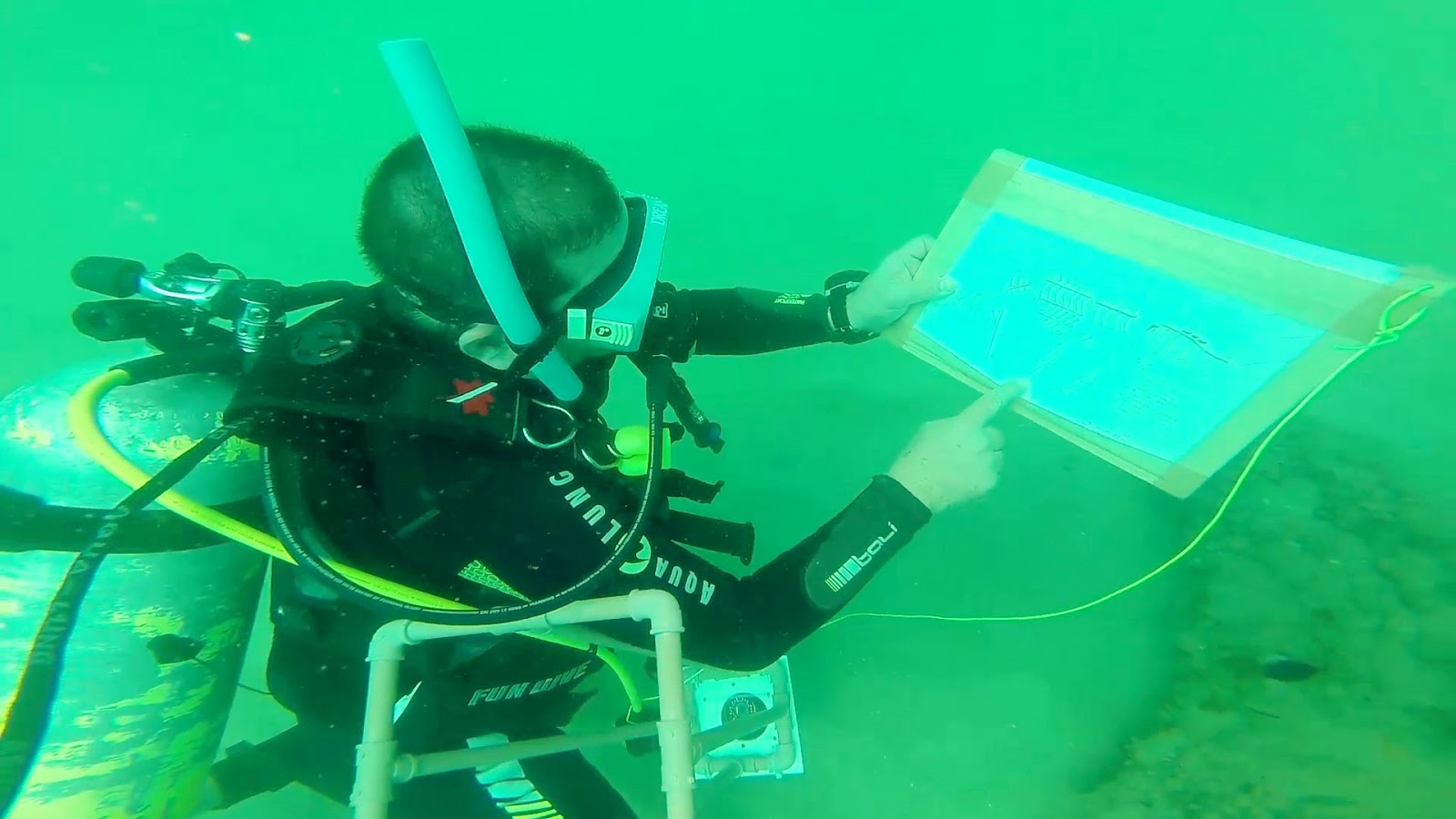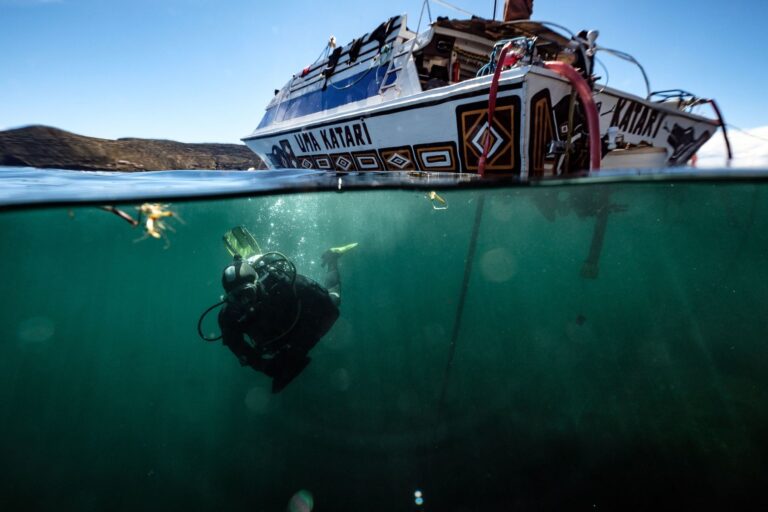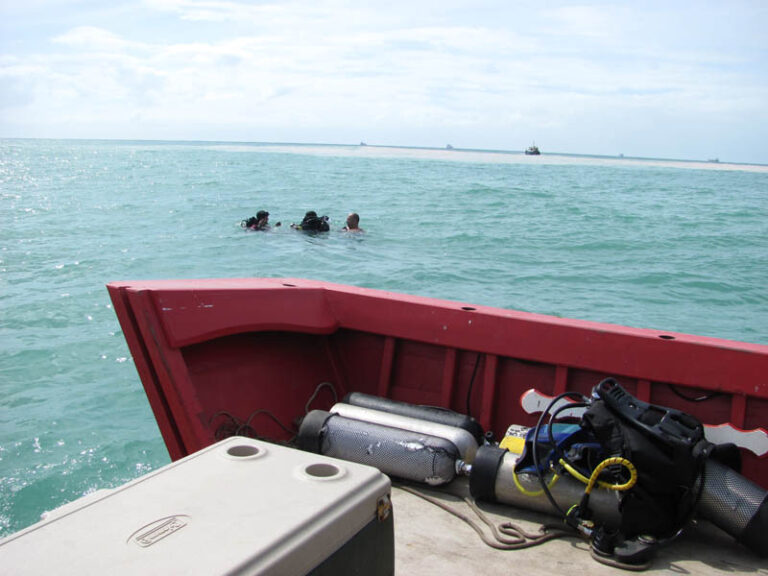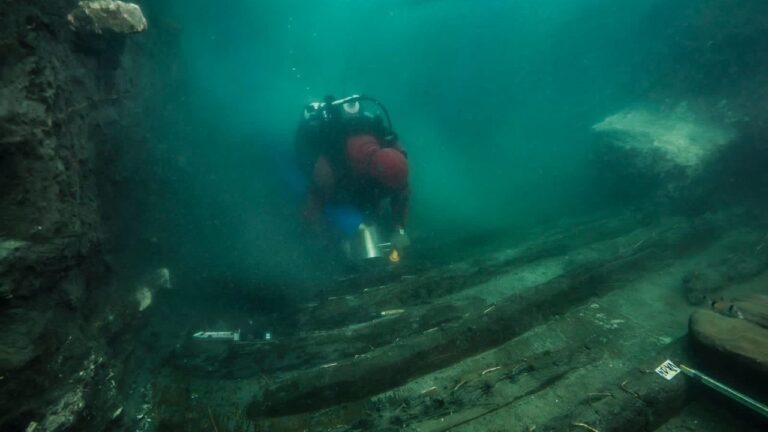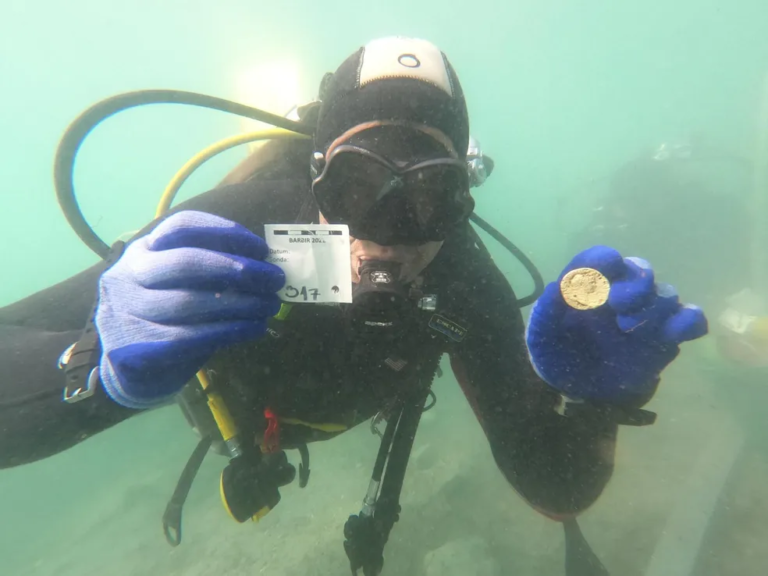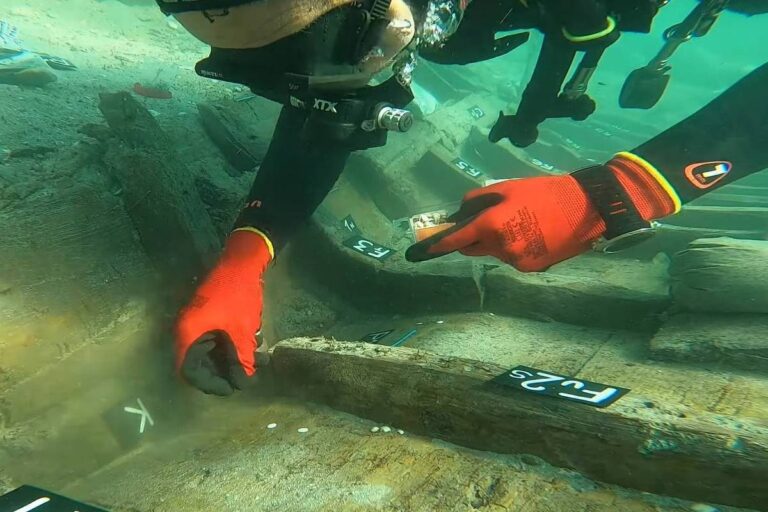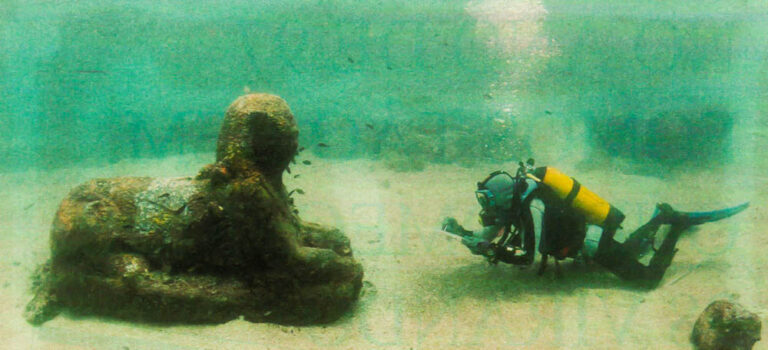Immersing in Virtual Reality: Technology in Underwater Archaeology
Underwater archaeology is a fascinating field that involves the exploration and excavation of submerged cultural heritage sites. These sites hold invaluable information about our past and help us better understand ancient civilizations. With advancements in technology, underwater archaeology has been able to reach new heights in terms of exploration and data preservation.
Technology plays a crucial role in advancing underwater archaeology. It enables researchers to explore and excavate sites with greater accuracy and efficiency. It also allows for the preservation of these underwater archaeological sites digitally, ensuring that their valuable contents are not lost to time.
One concept that has revolutionized the field of underwater archaeology is virtual reality (VR). Virtual reality creates an immersive experience for users by simulating a three-dimensional environment that can be interacted with. In the context of underwater archaeology, virtual reality has opened up new possibilities for exploration, public engagement, and education.
Through virtual reality, archaeologists can digitally preserve underwater archaeological sites, capturing every detail with precision. This ensures that the sites are accurately documented and can be studied by researchers and historians for generations to come. Additionally, virtual reality allows for the exploration and excavation of these sites in a virtual environment. This enhances the traditional methods of underwater exploration and excavation, providing a more interactive and accessible experience.
The concept of virtual reality is not limited to professionals in the field of underwater archaeology. It also has a significant impact on public engagement and education. Virtual reality enables anyone to dive into the underwater world and explore archaeological sites from the comfort of their own homes. It provides a unique opportunity for the public to interact with history and learn about ancient civilizations in a more engaging way.
In conclusion, technology, particularly virtual reality, has revolutionized the field of underwater archaeology. It has enabled accurate digital preservation, enhanced exploration and excavation processes, facilitated public engagement, and improved education and training. The future holds even more potential for the development and use of virtual reality in this field, making collaboration between technology developers and archaeologists crucial for further advancements.
Table of Contents
The applications of virtual reality in underwater archaeology
Virtual reality technology has revolutionized underwater archaeology, offering exciting possibilities for digital preservation, exploration, public engagement, and education. This section explores the various applications of virtual reality in this field and highlights its significance in advancing underwater archaeological research and understanding.
1. Digital Preservation
Preserving underwater archaeological sites digitally is of utmost importance to ensure their long-term accessibility and conservation. Virtual reality plays a crucial role in enabling accurate preservation by creating immersive and realistic digital replicas of these sites. Through high-resolution 3D modeling and detailed mapping, virtual reality allows researchers and archaeologists to document and study fragile underwater structures without risking damage to the physical artifacts. Successful digital preservation projects, such as the exploration of ancient shipwrecks using virtual reality, have showcased the power of this technology in capturing and preserving underwater heritage for future generations.
2. Exploration & Excavation
Traditionally, underwater exploration and excavation have been challenging and time-consuming tasks. However, virtual reality has significantly enhanced these processes by offering a more efficient and accessible approach. By immersing researchers in virtual underwater environments, virtual reality enables them to navigate and explore archaeological sites in a way that was previously not possible. Real-life examples, such as underwater cave explorations using virtual reality, have demonstrated how this technology can enhance the precision and effectiveness of archaeological excavations, uncovering hidden artifacts and providing valuable insights into ancient civilizations.
3. Public Engagement
Sharing underwater archaeological discoveries with the public is crucial for raising awareness and fostering a deeper appreciation for our underwater heritage. Virtual reality enables immersive public engagement by allowing individuals to virtually dive into underwater sites and experience the thrill of exploration first-hand. By providing an interactive and educational experience, virtual reality applications enhance public understanding and connection to underwater archaeology. Examples of virtual reality outreach projects, such as virtual museum tours and virtual dives to submerged historic sites, have successfully captivated audiences and brought underwater archaeology closer to the general public.
4. Training & Education
Specialized training and education are essential for professionals and enthusiasts in the field of underwater archaeology. Virtual reality aids in training by providing realistic and immersive simulations that enable individuals to practice various archaeological techniques and experience challenging underwater conditions. By simulating underwater excavations, surveys, and artifact handling, virtual reality enhances the learning process, allowing for better skill development and understanding. Real-life examples of virtual reality being used for educational purposes, such as interactive workshops and virtual training programs, have shown its effectiveness in preparing future generations of underwater archaeologists.
In conclusion, virtual reality has proven to be a game-changer in the field of underwater archaeology. Its applications in digital preservation, exploration, public engagement, and education have significantly advanced our understanding and appreciation of underwater heritage. While challenges and limitations exist, the potential for further development and use of virtual reality in this field is promising. Collaboration between technology developers and archaeologists is encouraged to continue pushing the boundaries and unlocking the full potential of virtual reality in underwater archaeology.

